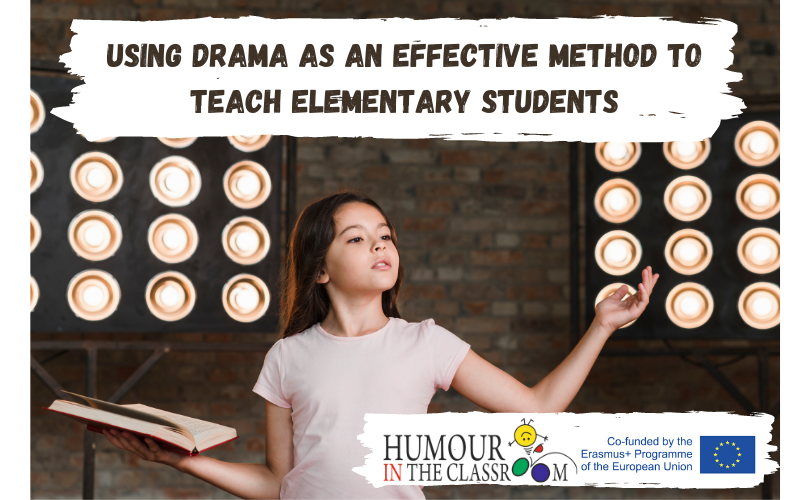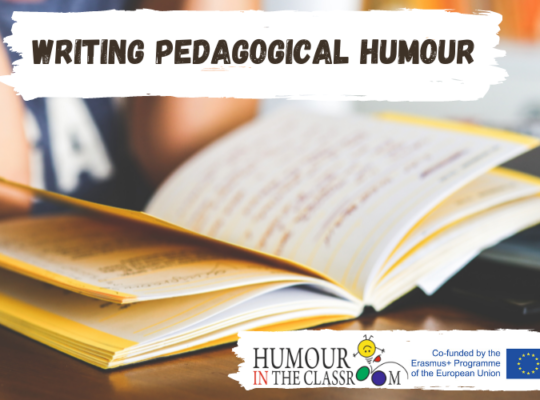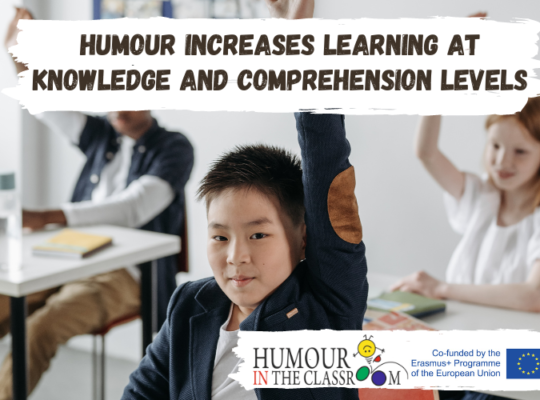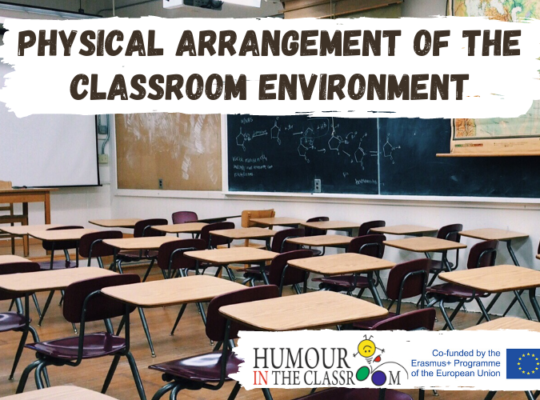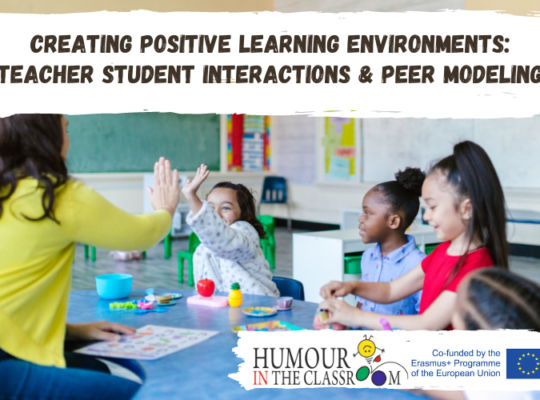Research indicates that drama is effective in teaching the elementary curriculum. It can easily be adapted and integrated to teach all subject areas. It is proven to be successful through personal experiences, recent brain research, and a study of widely accepted learning theories. “Human beings are storytelling primates. We are curious, and we love to learn. The challenge for each teacher is to find ways to engage the child and take advantage of the novelty-seeking property of the human brain to facilitate learning” (Perry 1). Today’s education system often put children through unnecessary stress. This stress translates to a negative attitude towards school and learning. It burns out our natural instinct to want to learn. Learning cannot take place unless the child has a motivation and is stimulated through engaging activities.
Drama gives educators the opportunity to teach their students in a way, which would create a love for learning. It provides valuable problem solving, social, and creative skills. Drama embraces the child’s imagination and emotions, which in many classrooms are shunned. The values of drama and all of the arts are indicated in the National Standards for Arts Education. “…Students of the arts disciplines gain powerful tools for: understanding human experiences, both past and present; learning to adapt to and respect other’s (often very different) ways of thinking, working and expressing themselves; and making decisions where there are no standard answers” (Martin 30).
Perhaps the most important point of all is that participants of drama are being involved in the learning. They are engaging in activities and immersed in the roles, which they assume. We are naturally equipped with the ability to use drama in our lives. It can be said that drama is a way of life. We use drama from birth to death to overcome difficult situations, prepare ourselves, or learn something new. Drama activates the whole brain and also engages many different kinds of intelligences. It reaches students who need a challenge, as well as students who are not reached through traditional teaching methods. “Given the importance of the arts in human knowing, especially in light of Gardner’s work on multiple intelligences… it is not surprising that there is a growing body of research and anecdotal evidence that the arts can play important roles in helping all students…” (Darby 308).
If educators want to reach their students and teach them in the most effective possible way, then they will integrate drama and the arts into their classroom. The impact that this kind of authentic learning can make on a child is priceless. The cognitive, affective, and psychomotor dexterity that is gained by using drama create motivated, intelligent, lifelong learners.
Brian Edmiston sums up the value and power of using drama in the classroom very well. He calls the type of learning in which students are actively engaged in the subject and have some control of their learning, “student inquiry.” He writes: Organizing the curriculum around student inquiry has begun to be recognized as a powerful way to move students beneath the facts and beyond a skill-and kill approach to learning. Inquiry that centers on students’ questions and real world issues is intrinsically motivating, engages students in high level critical creative thinking, and connects the classroom to the world—past, present, and future. Teachers are freed from being the authority to being an authority who can guide, assist, and wonder with students— but most of all we are freed to ask questions with students and join together in joint explorations (133).
Perhaps someday in the near future classrooms will be littered with drama-integrated lessons. Educators will take recent research into consideration and build their methods around these new findings.
Teachers will embrace the world of drama and give their students the opportunity to learn in a fun and invited environment. When this day comes there will no longer be “three R’s,” but rather “four R’s,” where the arts are given equal values as compared to reading, writing, and arithmetic. Not only can the arts be an extra enrichment and area of study, but they also can be used to teach the curriculum and the students.
